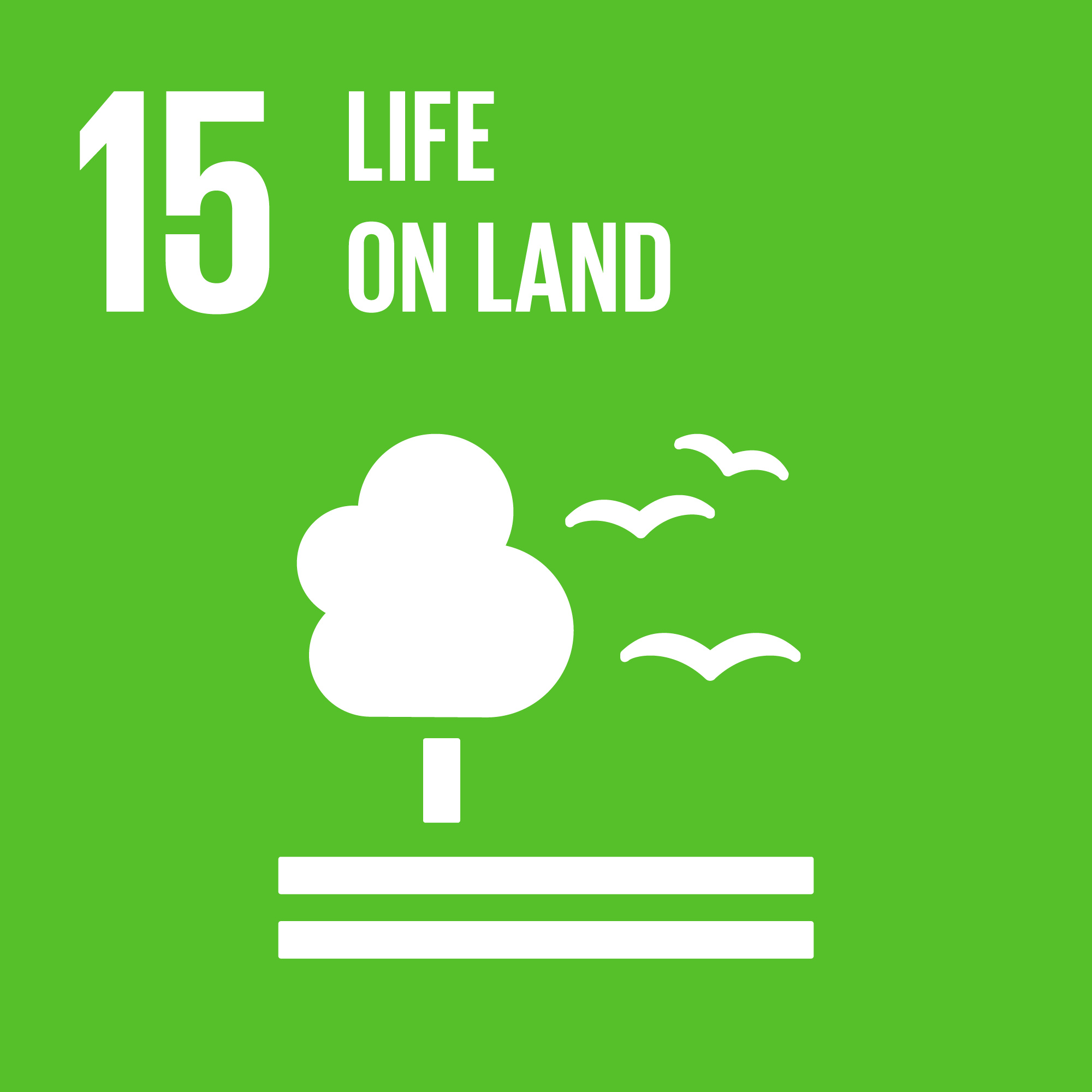Material required
- Line level or water tube to define the contour line
- Tape measure
- String or thin rope
- Peg
- Hoe (not strictly necessary)
- Shovel
Steps of Implementation
1. Building infiltration pit: Water runoff infiltrates at the lowest tip of each rhombus, where the trees are planted at the infiltration pit. The surface of each basin functions as a catchment area for this infiltration pit. The size of every pit can vary according to plants’ water requirements but usually, microcatchment size can vary between 10 m2 to 100 m2. This depends on the tree species that have to be planted and on how many are meant to be planted over the surface area. A 3 x 3 m spacing is the minimum required for a Negarim catchment system.
2. Choosing the Negarim design: Sometimes V-shaped Negarims are more efficient than those that are diamond-shaped, as the excess water can flow around the tips of the bund and reach the other V-shaped Negarims (a bit like as seen with demi-lunes), but water storage capacity will be less. V-shaped Negarims are particularly useful when implemented where there are a small number of trees present around homesteads
Diamond shaped:

Seedlings in the pits:

V-shaped:

Source
3. Choosing plant species: Plant species that can endure periods of intermittently wet or dry soil will benefit most from these kinds of interventions. These plants should have deep roots and be well accustomed to local rainfall patterns. Tree seedlings of at least 30 cm in height should be planted after the first rain of the season. It is recommended to plant two types of seedlings: one in the bottom of the pit and one on a step at the back of the pit. If both survive, remove the weaker one at the beginning of the second season. Some species can be planted directly.
Click here for a detailed step-by-step on how to build Negarim microcatchments.
This intervention contributes to:


1. Negarim application in citrus plantation in Nigeria
Description
The project discussed is about setting up a system called Negarim Micro-catchment to grow citrus fruits in Nigeria. This system is designed to collect rainwater for watering the trees and preventing soil erosion. Water harvesting, which is collecting rainwater for later use, is essential for areas with little rainfall, like Nigeria. For this project, a location in Kwara State was chosen, and materials like soil and stones were used for construction. Soil is used to build bunds, which are like small walls or barriers, while stones are used for pitching, which is arranging them to prevent erosion. It's important to choose the right kind of soil that doesn't crack when it dries out and can hold its shape well. Stones are used strategically to reinforce the structure and make it more durable. These materials are chosen because they're easily available locally, and using them helps keep the costs down. Plus, they're effective for preventing soil erosion and collecting rainwater for the citrus trees. Factors like rainfall, soil quality, and land slope were considered during planning. Various tests were conducted to determine water requirements, soil characteristics, and rainfall patterns. The findings showed that the soil is suitable for plant growth, and there is sufficient rainfall for the citrus trees. Overall, the project aims to improve citrus fruit cultivation by harnessing rainwater and maintaining soil health.
2. Negarim application in a mango plantation in Kenya
Description
The study conducted in Mbeere District, Kenya, aimed to evaluate different water harvesting techniques for establishing improved mango varieties on smallholder farms. The area faces challenges like low and erratic rainfall, which affects tree survival. Researchers tested two microcatchment systems (V-shaped and diamond-shaped) alongside conventional planting holes. They found that despite drought conditions, mango seedling survival was high (>70%) due to farmers' innovative techniques like watering and mulching. Farmers preferred the V-shaped microcatchment for its effectiveness in moisture retention and labor requirements. Overall, the study highlights the importance of farmer participation in technology modification and the potential of water harvesting techniques like the Negarim system to improve tree survival and agricultural productivity in semi-arid regions like Mbeere District, Kenya.


